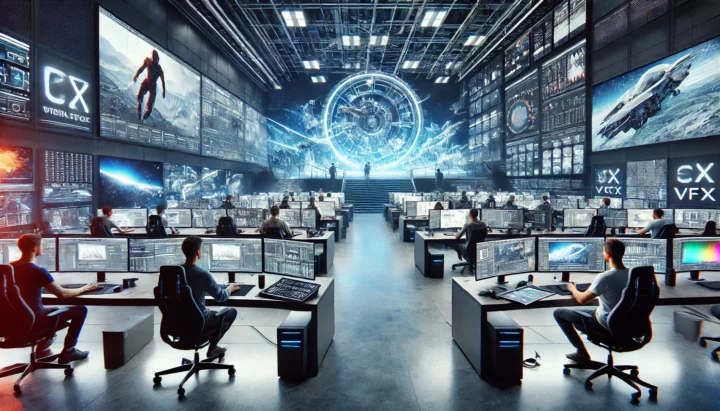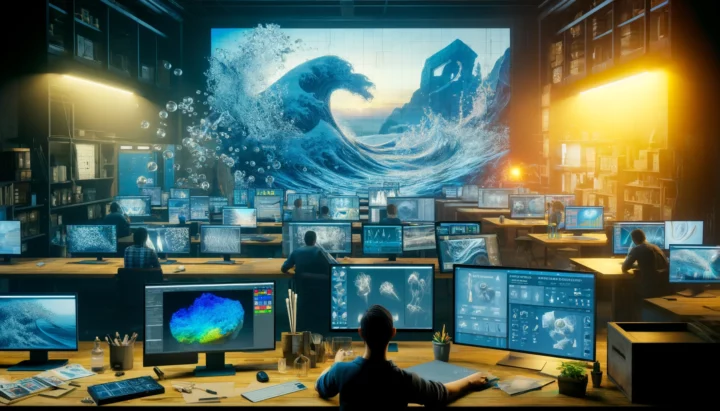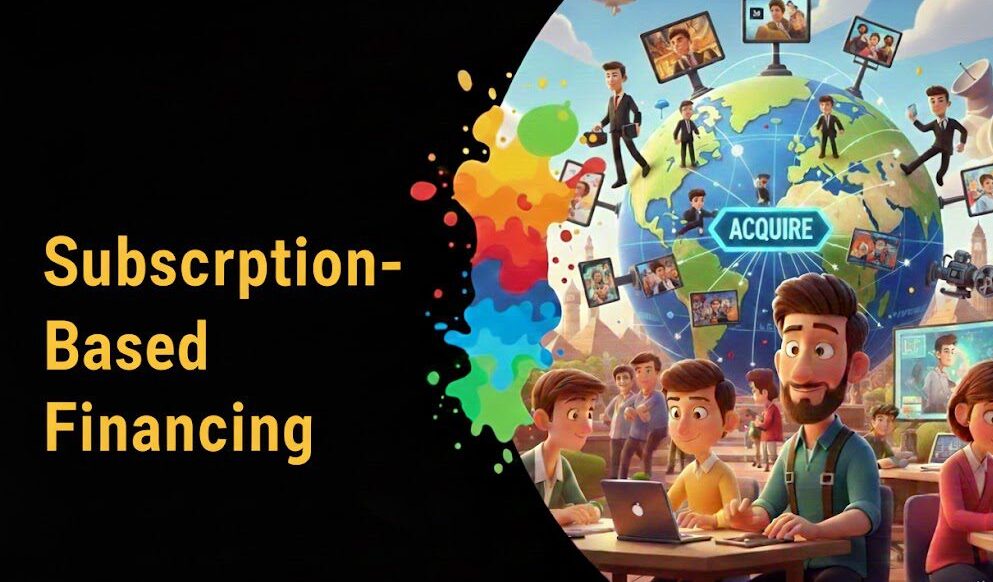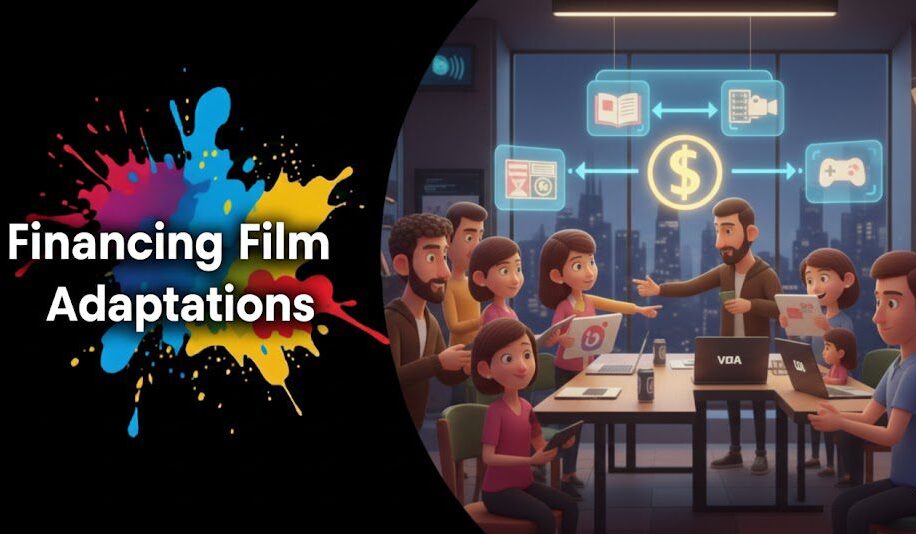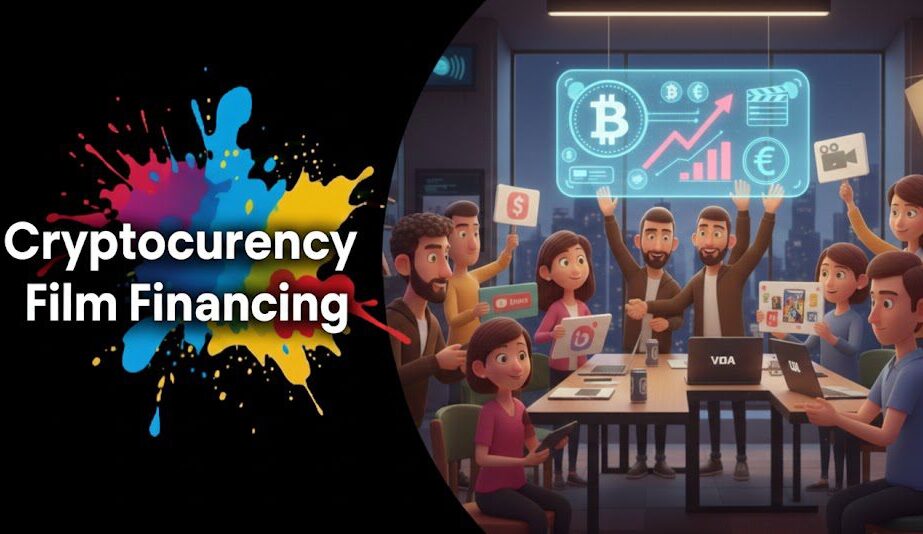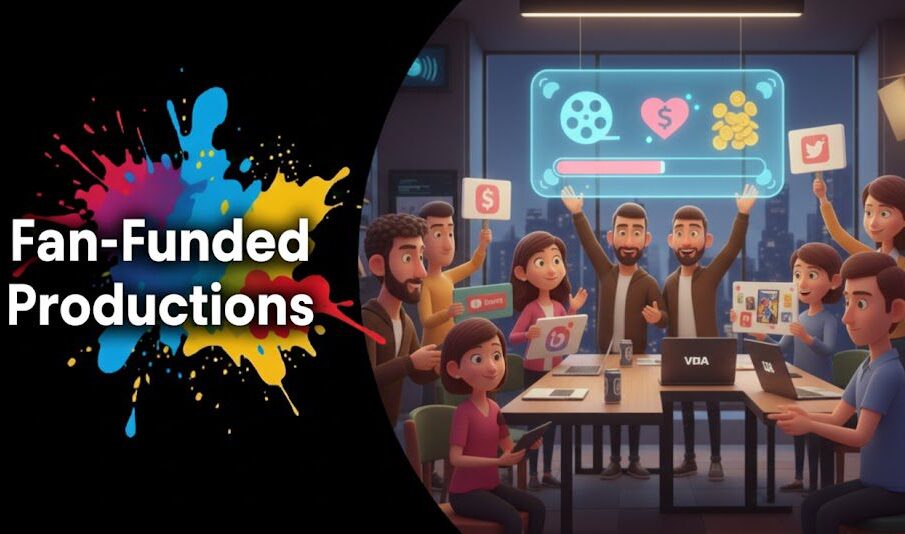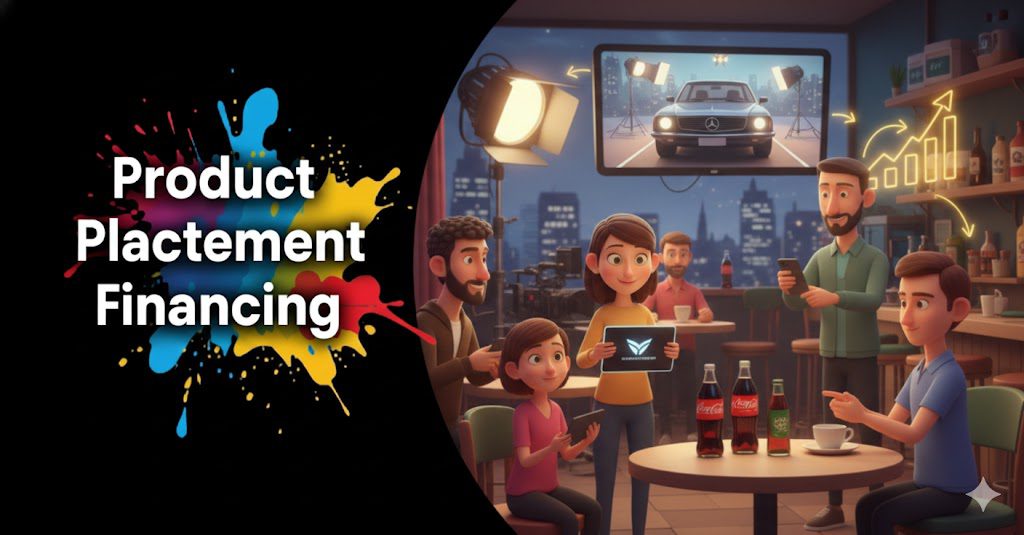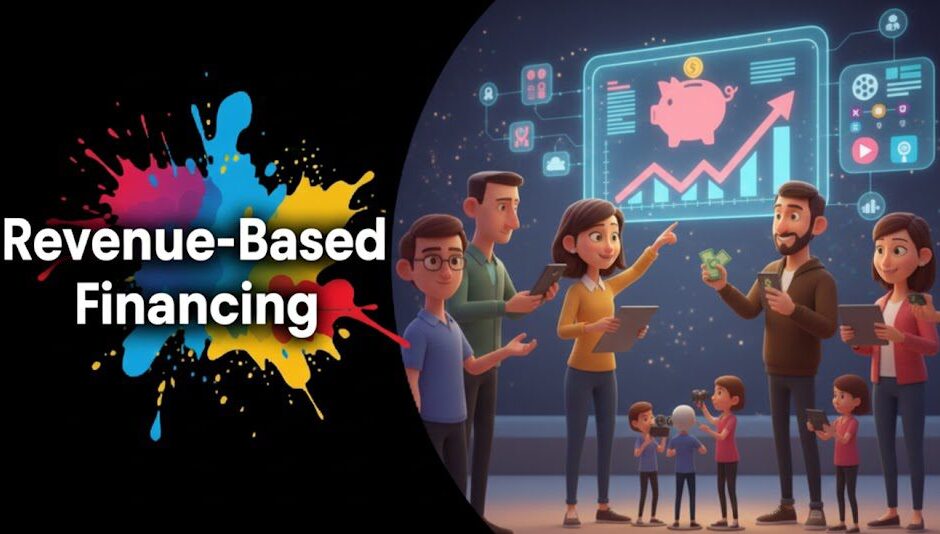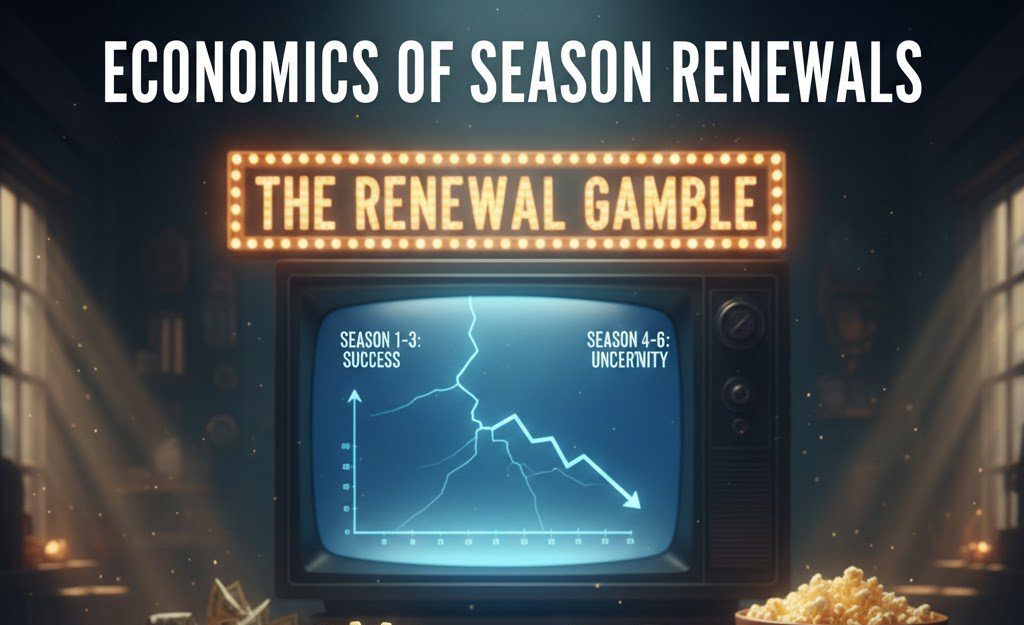Introduction
The integration of AI-enhanced visual effects (VFX) into television and film production is reshaping the industry. Once limited by labor-intensive manual processes, the VFX sector now benefits from artificial intelligence (AI), which automates repetitive tasks, generates realistic effects, and reduces costs.
This article will explore how AI-driven VFX tools are transforming post-production workflows, the advantages of using AI for VFX, and how both buyers and sellers in the VFX industry can leverage these innovations to stay competitive.
Key Takeaways
| Topic | Takeaway |
| AI’s Impact on VFX | AI automates complex tasks, speeding up the post-production process. |
| Key AI Tools for VFX in 2024 | Tools like Nuke, Adobe After Effects, and Houdini lead AI-driven VFX innovations. |
| Common Challenges in AI for VFX | AI struggles with emotionally nuanced or highly creative scenes. |
| Future of AI in VFX | AI’s role in VFX will expand, helping small studios produce high-quality results. |
Transform Your Visual Effects with AI

AI’s Impact on Visual Effects
How AI is Transforming VFX for TV
Artificial intelligence is changing the game for VFX in TV and film production by speeding up workflows and improving output quality. Complex tasks such as rendering, particle simulation, and CGI animation are now streamlined thanks to AI-driven software like Nuke and Houdini. For buyers in the entertainment industry, these AI tools mean faster project delivery and lower costs. For sellers, AI enhances their ability to meet high production demands without sacrificing quality.
Benefits of AI in VFX
- Cost reduction: Automates repetitive VFX tasks, saving time and money.
- Efficiency: Reduces rendering times and accelerates post-production workflows.
- Increased precision: AI tools enhance the accuracy of visual effects, leading to fewer errors.
For more on how AI impacts VFX, check out AI in Virtual Production.
Key AI Tools for VFX in 2024
The use of AI-enhanced tools has redefined VFX production, enabling studios to create complex effects with more efficiency. The following are some of the top AI-driven tools currently transforming the VFX landscape:
| Tool | Use Case |
| Nuke | Advanced compositing for complex VFX in TV and film. |
| Adobe After Effects | Motion graphics and AI-powered visual effects. |
| Houdini | Procedural generation and AI-driven simulations. |
| DeepMotion | AI-based motion capture for character animations. |
These AI-powered tools streamline the most challenging aspects of VFX creation. Learn more about how AI integrates into post-production with AI in Video Editing.
Create Stunning VFX Using AI

Common Challenges in AI-Enhanced VFX
Why AI Struggles with Complex VFX Scenes
While AI has drastically improved efficiency in visual effects, it still faces challenges with more intricate, emotionally charged scenes. AI tools often lack the creative intuition that human artists bring to the table, making it difficult for them to understand and create effects with deep emotional nuance or subtle visual cues.
Common challenges include:
- Limited emotional depth: AI-generated characters or effects may lack the emotional subtlety required for some scenes.
- Rendering issues: AI tools can struggle to render highly detailed or complex visual elements accurately.
- Creative decision-making: AI’s reliance on algorithms means it sometimes struggles with tasks requiring artistic judgment.
For insights into AI’s limitations in storytelling, read AI in Scriptwriting.
AI vs. Traditional VFX Methods
AI VFX vs Traditional VFX: Which is Better?
When it comes to creating visual effects, both AI-enhanced and traditional methods have their pros and cons. While AI is excellent for speeding up workflows, traditional VFX still has the edge in creative control and flexibility.
Advantages of Traditional VFX:
- Deeper creativity: Human-led visual effects still offer more room for emotional depth and creative flair.
- Nuanced rendering: Traditional methods excel in scenes requiring intricate visual storytelling.
Advantages of AI VFX:
- Efficiency: AI-driven tools can complete repetitive tasks in a fraction of the time.
- Cost-effectiveness: For budget-conscious productions, AI tools can significantly reduce the cost of VFX.
For a deeper dive into the comparison between AI and traditional methods, check out Deepfake Technology in TV.
The Future of AI in VFX
Where AI is Headed in the VFX Industry
As AI technology advances, its role in VFX will continue to expand. The future holds exciting developments, including real-time rendering, AI-generated environments, and AI-powered character creation. These innovations are especially impactful for independent filmmakers and small production houses, allowing them to achieve high-quality results on a limited budget.
| Future Innovations | Impact on TV Production |
| AI-generated environments | Enables large-scale scene creation with minimal resources. |
| Real-time rendering AI | Reduces delays in live-action production with faster VFX integration. |
| AI-powered pre-visualization | Assists in concept development by generating early-stage visual effects. |
Learn more about the future of AI in unscripted TV content with Generative AI in Reality TV.
AI VFX: Revolutionize Your Production Process

Key Takeaways
- AI-driven VFX is revolutionizing post-production, making it more efficient and accessible to smaller studios.
- Top AI tools like Nuke and Houdini are transforming how visual effects are created.
- AI struggles with emotionally complex scenes, but it excels in automating repetitive tasks.
- The future of AI in VFX includes real-time rendering and AI-generated environments.
Frequently Asked Questions
No, AI can enhance efficiency but lacks the creative intuition that human artists provide, especially in scenes requiring emotional depth.
Leading tools include Nuke for compositing and Houdini for procedural generation, along with motion-capture solutions like DeepMotion.
AI struggles with rendering complex scenes and creating emotionally nuanced effects, making human oversight crucial in high-quality productions.
AI automates repetitive and time-consuming tasks such as rotoscoping, particle simulations, and simple CGI animations, speeding up post-production.
AI will increasingly be used in real-time rendering, pre-visualization, and environment generation, making it essential for the future of VFX.


